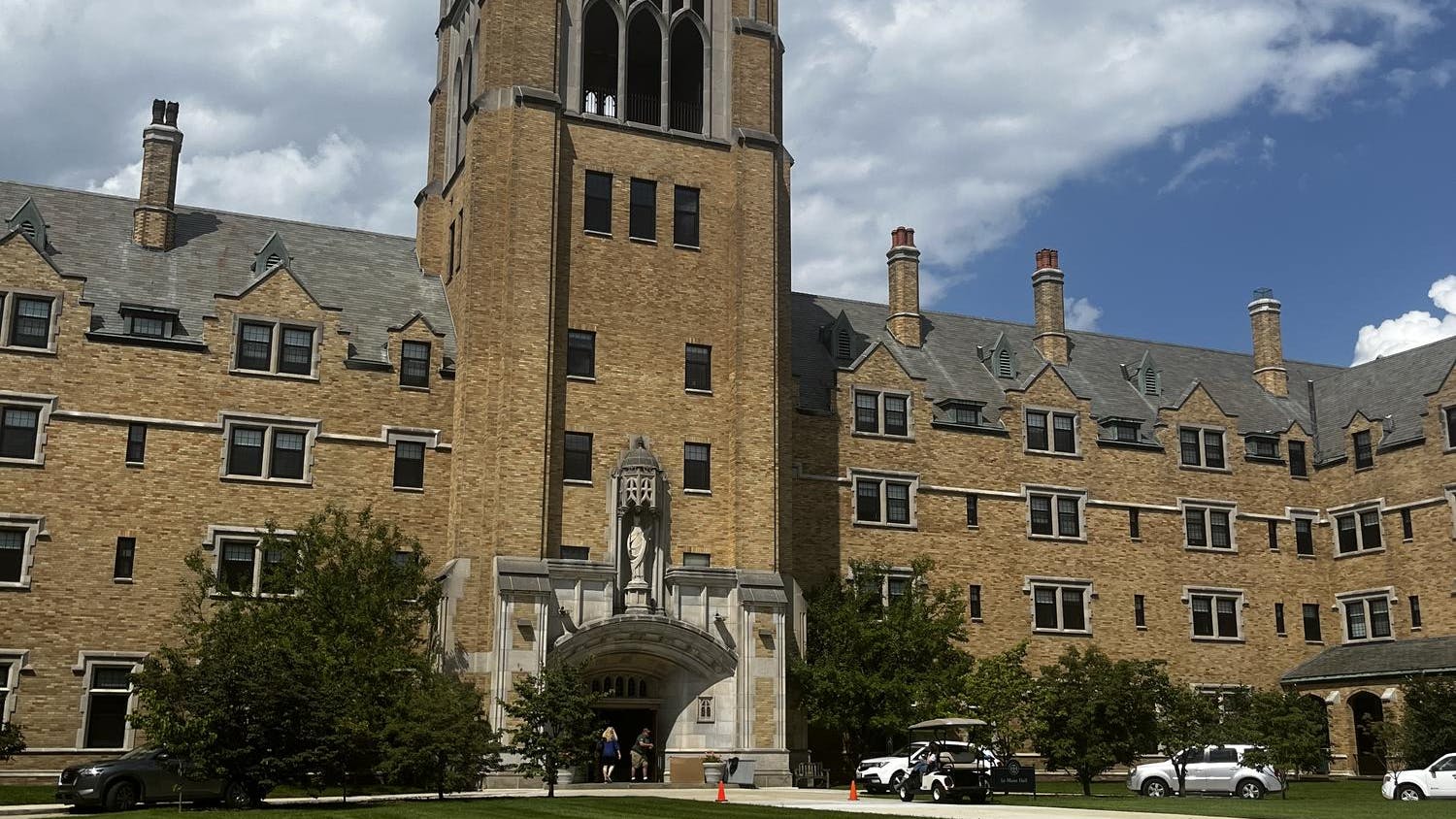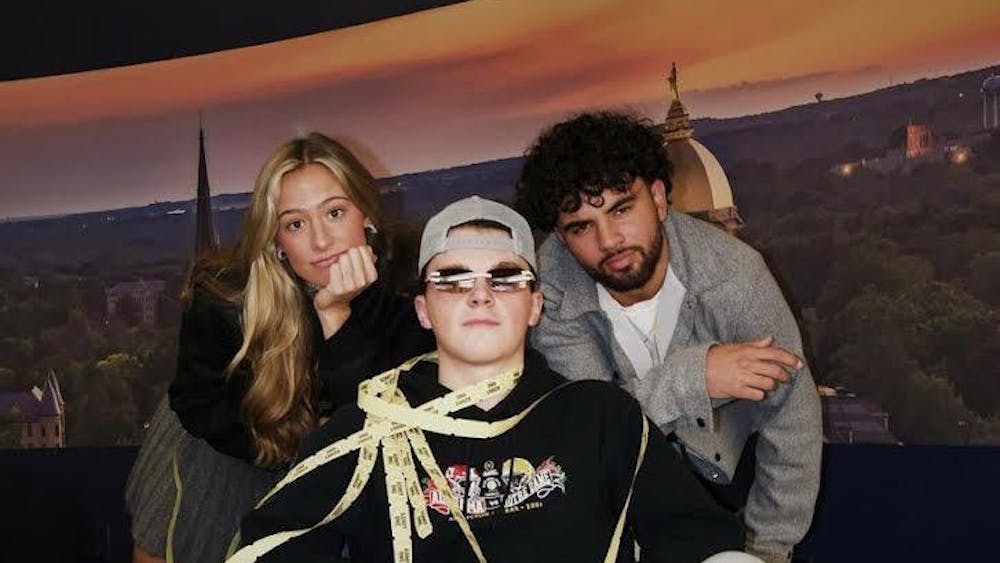Over fall break, three Saint Mary’s students and a professor gave a presentation at the Seneca Falls Dialogues conference in Seneca Falls, New York, the site of the first U.S. women's rights convention in 1848.
Jamie Wagman, professor of history and gender and women’s studies, presented with junior Alison Tipton and seniors Katlynn Dee and Adrienne Whisman.
“The conference itself was amazing,” Whisman said. “To be able to see the historical sights and birthplace of the United State's women's movement was unforgettable.”
The Seneca Falls Dialogues occur every two years and aim to continue a discussion of women’s rights and feminism, the Seneca Falls Dialogue website said.
“The Seneca Falls Dialogues are important in keeping the history of the location alive as well as in continuing the legacy of the people who fought for women's rights,” Tipton said.
Wagman first discovered the Seneca Falls Dialogue conference in emails from a Women's Studies email forum.
“Since I teach students about the famous 1848 first women's conference in Seneca Falls, New York, I was immediately intrigued,” Wagman said in an email.
After finding the Seneca Falls Dialogues, Wagman then invited students she thought would be interested in presenting at the conference.
“I asked three excellent history majors in my U.S. history courses — both a survey class and a Women's History class — if they wanted to present their own scholarship on gender history and visual culture at the conference,” Wagman said.
The group gave a presentation titled “Constructing Sexuality and Fetishizing Women in American History: Debunking Myths in Popular Culture from Pocahontas to First Wave Reformers.”
“To be able to talk about a lesser-known yet important area of history really compelled me to accept,” Whisman said.
Whisman’s part of the presentation focused on the portrayal of lesbians during the Lavender Scare, an event in the 1950s in which “the government outed and fired thousands of people due to their sexual orientation,” she said.
“I focused on how lesbians were portrayed as ‘unwomanly’ and therefore a threat to national stability,” Whisman said. “In many cases, it was believed that getting rid of this ‘strange affliction,’ a.k.a. make them straight, would actually make a woman feminine, domestic and submissive.”
This effort was due to a government fear that “to be gay was to be morally degenerate and susceptible to communism,” Whisman said. In order to combat this, women had to work to defy stereotypes.
“Women had to physically change their behavior and looks in order to appear more feminine and therefore less like the stereotype of a lesbian,” she said. “Lesbians and gay men dated or even married to avoid suspicion. It was all about appearances. If you didn't look like a stereotype, you weren't a threat.”
Whisman finds this research important because the impact it had was large, although it is lesser-known.
“Not only did it lead to thousands losing jobs, social positions, etc., it also led to the formation of the LGBTQ community as it is seen today,” she said.
Tipton’s area of research had a different focus: intersectionality of race and gender, specifically in the case of Pocahontas.
“Visual representation is everywhere, and it is important to investigate this as well as the assumptions we derive from it,” Tipton said.
The ability to present this research at the conference and attend other sessions allowed Whisman to gain a widened outlook on this and other feminist issues, she said.
“I liked being able to talk to people from around the country and from various disciplines about my research and gain new perspectives and insights,” Whisman said. “Academia to me is about sharing knowledge, and this conference was a great place to have feminist-based dialogues on history and society.”
The sharing of knowledge and perspective that occurs at conferences like the Seneca Falls Dialogues is why Wagman encourages students to participate in them.
“I enjoy taking students to academic conferences where they can present their work, because it encourages them to take their work seriously and envision themselves as scholars,” she said. “They're able to discuss their ideas with other students, activists, and faculty members from across the country.”













